The 1099 Dilemma: Contractor or Employee?

Determining the distinctions between independent contractors and employees in the film industry can be a complex task fraught with legal, financial, and operational pitfalls. Understanding these distinctions is crucial for film producers, finance executives, or anyone in charge of the hiring decisions. Misclassification can lead to severe penalties, including back taxes, interest, and fines.
We will explore the complexities of employment status in the film industry, examine the tests used to determine this status, and outline the employer obligations and penalties for misclassification.
Understanding Employment Status
The determination of whether a worker is an independent contractor or an employee hinges on various factors, often codified in federal and state laws. Central to this determination is the degree of control and independence in the working relationship.
Control and Independence
The Internal Revenue Service (IRS) uses a three-pronged test to assess the degree of control and independence:
- Behavioral Control: Does the employer control or have the right to control what the worker does and how the worker does their job?
- Financial Control: Are the business aspects of the worker’s job controlled by the employer? These include things like how the worker is paid, whether expenses are reimbursed, and who provides tools/supplies.
- Type of Relationship: Are there written contracts or employee-type benefits? Will the relationship continue, and is the work performed a key aspect of the business?
In the film industry, these factors can manifest in various ways. For example, a visual artist who is given creative freedom and paid a lump sum for a project might be considered an independent contractor. Conversely, a production assistant who follows a strict schedule and receives regular wages is likely an employee.
Employer Obligations
When a worker is classified as an employee, the employer has several obligations, including:
- Withholding Taxes: Employers must withhold federal, state, and local income taxes, as well as Social Security and Medicare taxes.
- Providing Benefits: This may include health insurance, retirement plans, and other benefits stipulated by union agreements.
- Unemployment Insurance: Employers are generally required to pay unemployment insurance taxes.
- Workers’ Compensation: Employers must provide workers' compensation insurance to cover work-related injuries or illnesses.
Failure to meet these obligations can result in severe penalties, not only from the IRS but also from state agencies and potentially unions.
Independent Contractors: The 1099 Form
When a worker is classified as an independent contractor, the employer’s obligations are significantly reduced. The primary requirement is to issue a Form 1099-MISC if payments exceed $600 in a year. Independent contractors are responsible for paying their own income taxes and self-employment taxes, which cover Social Security and Medicare.
However, misclassifying employees as independent contractors to evade these obligations is a dangerous practice that can lead to audits and significant penalties.
Tests for Determining Employment Status
Various tests are used to determine employment status, each with its own set of criteria and implications.
The IRS Common Law Test
The IRS Common Law Test, mentioned earlier, focuses on behavioral control, financial control, and the type of relationship. This test is widely used but can be subjective, requiring a thorough analysis of each factor.
The Economic Realities Test
The Economic Realities Test is a legal standard used to determine whether a worker is an employee or an independent contractor, particularly in the context of labor laws. The Economic Realities Test considers several factors, including:
- The degree of control the employer has over the worker: This includes how much the employer dictates the work process and the worker's schedule.
- The worker's opportunity for profit or loss: If the worker can significantly affect their earnings through their own efforts, they may be classified as an independent contractor.
- The worker's investment in equipment or materials: A worker who invests in their own tools or equipment may be seen as an independent contractor.
- The permanence of the relationship: A long-term relationship may indicate employee status, while a temporary or project-based relationship may suggest independent contractor status.
- The nature of the work: If the work performed is integral to the employer's business, it may indicate an employee relationship.
The Economic Realities Test focuses on the economic realities of the working relationship rather than the technicalities of the job title or contract.
The ABC Test
The ABC Test is more stringent and is used in some states, including California. Under this test, a worker is presumed to be an employee unless the employer can demonstrate that:
- The worker is free from the control and direction of the hirer in connection with the performance of the work.
- The worker performs work that is outside the usual course of the hiring entity’s business.
- The worker is customarily engaged in an independently established trade, occupation, or business.
The ABC Test places a heavy burden on employers to justify independent contractor status and is particularly relevant in states with robust labor protections.
The Borello Test
The Borello Test, derived from a California Supreme Court case, considers multiple factors, including the right to control, the opportunity for profit or loss, and the level of skill required for the work. This test is more flexible than the ABC Test but still emphasizes the need for careful analysis.
Penalties for Misclassification
Misclassifying employees as independent contractors can lead to significant penalties, including:
- Back Taxes and Interest: Employers may be required to pay back taxes, interest, and penalties for failing to withhold income taxes and pay payroll taxes.
- Fines: Both federal and state agencies can impose fines for misclassification.
- Legal Action: Workers may sue for unpaid wages, benefits, and damages.
- Union Penalties: Violations of union agreements can result in grievances, arbitration, and additional penalties.
The financial and reputational damage from misclassification can be substantial, underscoring the importance of accurate classification.
Practical Advice for Film Industry Professionals
To navigate the complexities of employment status in the film industry, consider the following best practices:
- Conduct a Thorough Analysis: Regularly review the status of all workers using the relevant tests and criteria.
- Consult Legal and Tax Experts: Engage with professionals who specialize in labor law and tax compliance to ensure accurate classification.
- Maintain Clear Documentation: Keep detailed records of contracts, job descriptions, and any communications related to the working relationship.
- Stay Updated: Labor laws and union agreements are constantly evolving. Stay informed about changes that may impact employment status.
By adhering to these practices, you can minimize the risk of misclassification and ensure compliance with all relevant regulations.
Understanding the distinctions between independent contractors and employees in the film industry is essential for avoiding legal pitfalls. By applying rigorous analysis, consulting with experts, and staying informed about regulatory changes, film industry professionals can navigate these complexities with confidence.
Accurate classification not only ensures compliance but also fosters a fair and equitable working environment, ultimately contributing to the success and sustainability of your projects.









